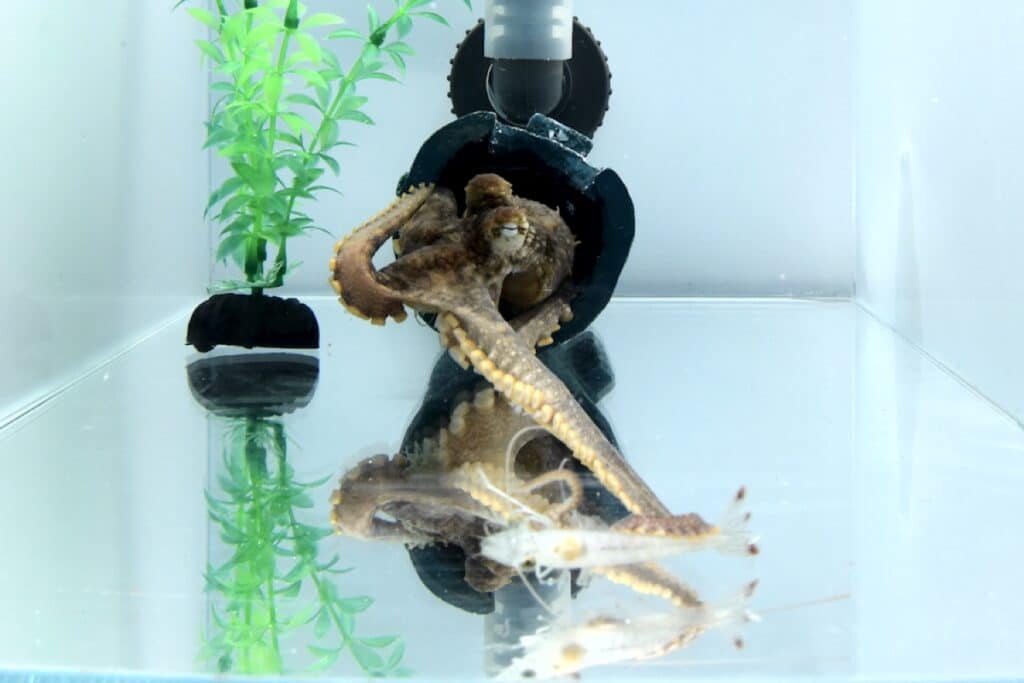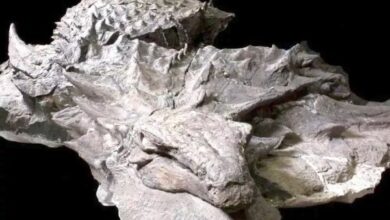
Biologists have identified the main hunting tentacles of octopuses
(ORDO NEWS) — By watching octopuses hunt for different types of prey, scientists have found that they use a different set of limbs, depending on the prey. But the second tentacle is always included in the work and the very first.
Octopuses are the most developed of the molluscs. These animals demonstrate excellent cognitive abilities, controlled by eight flexible movable limbs.
Their tentacles are not identical to each other: a pair of rear ones act as “legs”, and six front ones are dexterous “arms” for hunting and manipulating objects.
But the “hands” of octopuses are not equal and are used depending on the specific task. And one pair of front tentacles is especially important for hunting.
University of Minnesota professor Trevor Wardill and his team have been experimenting with California two-spotted octopuses ( Octopus bimaculoides ).
These small animals live off the Pacific coast of North America, live one to two years and grow to be about the size of a fist.
They feed on a wide variety of prey, from bivalves to crustaceans. Scientists have observed their hunting in controlled laboratory conditions to see which tentacles are used and how they are used.
First of all, the authors noticed that octopuses rely on tentacles located on the same side of the body as the eye that observes the prey.
Regardless of the type of prey, the attack begins with the second tentacle (L2), counting from the median axis of the body.
Then neighbors can connect to it. For example, to capture crabs, a series of separate “cat” movements is used, and to hold more mobile shrimp, the tentacles L1 and L3 block them from different sides.
According to the authors of the work, such a predictable pattern of actions was a big surprise for them. “Usually, looking at an octopus, it may seem that not a single movement is repeated,” says Trevor Wardill.
“They squirm and twist as they actively explore their surroundings.” The scientists plan to study the neural mechanisms that underlie such movements. Someday this knowledge will help create underwater robots as agile as octopuses.
—
Online:
Contact us: [email protected]
Our Standards, Terms of Use: Standard Terms And Conditions.









